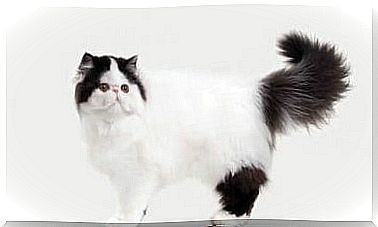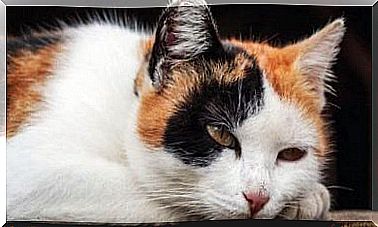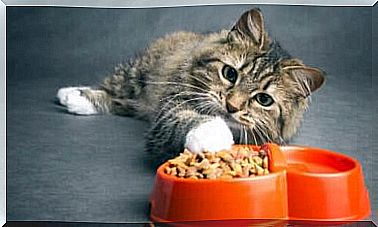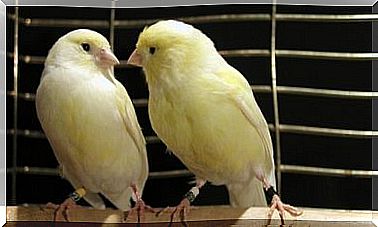Where Does The Flexibility And Mobility Of Cats Come From?
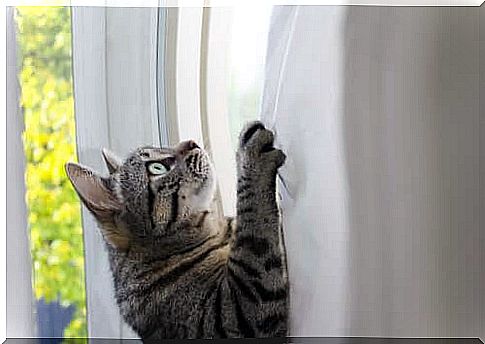
Most cats are very good at climbing and exploring all sorts of corners. Therefore, our cats have such flexibility and agility , that they come to almost all places while having no physical limitations.
Cats are naturally curious, so they want to inspect every corner of their environment. They can satisfy this instinctive need thanks to their slim morphology, which contains many sensory abilities.
The anatomy of cats gives them great mobility and flexibility
Your spine is made up of 50 vertebrae. However, depending on the length of their tail, there may be a few more or less. This large number of bones in such a small body supports the animal’s mobility and the coordination of the various body parts.
In contrast to humans, who have a rotation angle of 90 degrees, cats are so agile and flexible that they can reach up to 180 degrees. They have this ability thanks to the elastic intervertebral discs between the vertebrae.
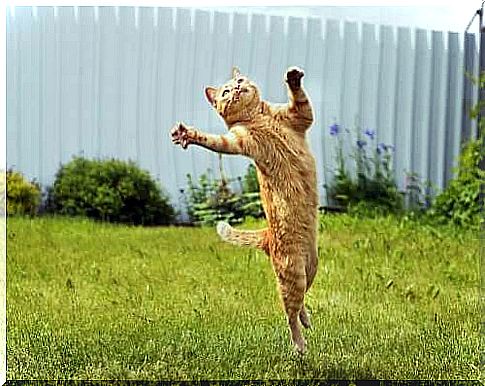
The structure of the legs is also a decisive factor in their locomotion. Not only can they spin, but they also have powerful shock absorbers that can reduce impact on a surface.
Furthermore, they can extend their dangerous claws when they sense danger or possible prey or when they climb.
One must also admire the quiet and at the same time quick agility of these animals. Cats are toe walkers, which means that they only move on their toes.
They only have a rudimentary collarbone, so the front legs are only connected to the shoulders by muscles. Because of this structural peculiarity and the special position of their shoulder blades, cats have such extraordinary mobility. You can move around even in the tightest of spaces.
Great variety of sensory skills
Aside from their anatomy, cats are so flexible and agile because they coordinate their movements with the perception of many stimuli.
One of the most obvious examples of this is their paws. Aside from their characteristic anatomical structure, the extremities of these mammals help regulate body temperature and detect vibrations in the ground. This second ability also enables this animal to be alerted.
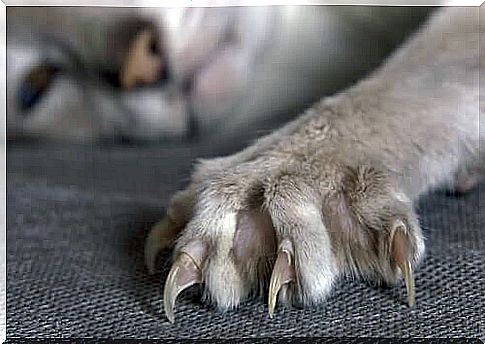
Not only does a cat’s fur help regulate its temperature, it is also an important sensory receptor for pain and movement. This dual function is also supported by the whiskers, which also help the animal with orientation.
Cats can also see very well at night. This is important when it comes to avoiding obstacles and moving nimbly in the dark. The ears, upper lips, and nose also contain special sensors. These are important for moving around, tracking down prey and escaping from potential danger.
When it comes to the perception of the body in relation to the surface, its highly developed internal hearing is particularly important. Among other things, this structure acts in the so-called “correction reflex”. This corrects the animal’s posture if it falls from a great height.
Cats’ great mobility can provide them with many advantages when it comes to everyday life around the house. It is therefore important that cat owners are aware of the mobility and curiosity of their pets and ensure that the velvet paws cannot get to places unsuitable for them.



